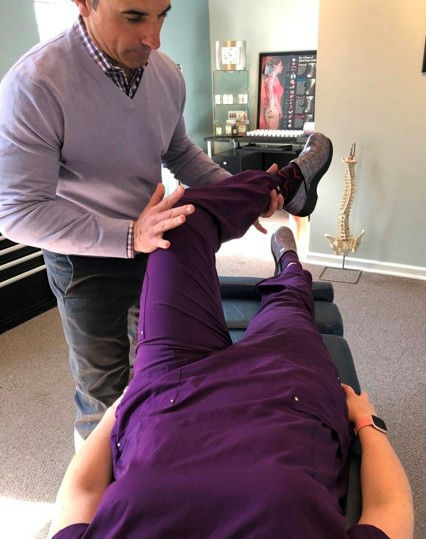Let’s use one simple example. Maya is doing a 16/8 plan and skips breakfast, then eats from noon to 8 p.m. She feels wired at night and drags in the morning. She wonders if intermittent fasting and cortisol are connected. Short answer yes. The timing of her food is likely nudging her stress hormone pattern out of sync.
Why fasting can spike cortisol
Cortisol is your built in coffee. It should rise in the morning, then slide down through the day so you can sleep. Long stretches without food can raise cortisol to mobilize stored energy. That helps you get through a fast, but if you push your first meal too late, cortisol may rise earlier than it should or peak again near your first bite. That shift can break your circadian rhythm and sleep.
Think of cortisol like a dimmer switch. You want a bright morning and a soft glow by evening. Late eating windows can flick the lights back on at night.
Eat earlier to align hormones
A practical tweak is early time restricted feeding. Try an 8 a.m. to 4 p.m. eating window, then fast from 4 p.m. to 8 a.m. Maya moved breakfast to 8, ate lunch around noon, had an early dinner at 3:45, then closed the kitchen. Within two weeks she felt calmer at night and woke up more refreshed.
This earlier window still gives you the benefits people want from intermittent fasting weight management, steadier blood sugar, and better metabolic efficiency but it respects your natural cortisol rhythm and sleep.
How to check your cortisol
If you like data, use a salivary cortisol test. Do three days in a row and average the results. You are looking for a high morning value with a gentle decline, not a big afternoon spike. Maya tested before her shift to an earlier window, then again after one month. The second test showed a smoother curve and she was falling asleep faster.
What about women vs men
Women and intermittent fasting hormones deserve special attention. Some women see stronger cortisol responses. That can ripple into menstrual changes, ovulation issues, or feeling jittery. Men often tolerate fasting related cortisol shifts better, though not always. If you are a woman and notice cycle changes, poor sleep, or rising anxiety, shorten the fast to a 12/12 schedule or move your window earlier for a few weeks, then reassess.
Common questions
Do I have to do 8 to 4 forever
No. Use it as a reset for three to four weeks. If your sleep improves, you can experiment with 9 to 5 or 10 to 6 while watching how you feel at night.
Can I still do 16/8 if I love dinner with family
Yes. Consider 10 to 6 instead of noon to 8. You keep the social dinner but avoid late night eating that can push cortisol up and disturb sleep.
What should my first meal look like
Protein forward with some fiber and healthy fat. Think eggs with greens and avocado, Greek yogurt with berries and chia, or tofu scramble with veggies and olive oil. Stable blood sugar means calmer cortisol.
How do workouts fit in
Train late morning or early afternoon if you can. Eat within an hour after training. Hard evening workouts can raise cortisol and make sleep harder, so keep late day sessions lighter.
Troubleshooting tips
If you feel wired and tired, move breakfast 60 to 90 minutes earlier for a week.
If afternoon cravings hit, add 20 to 30 grams of protein at lunch and include a slow carb like beans or quinoa.
If sleep is still rough after a month, retest cortisol and try a 12/12 plan for another month.
If you have high blood pressure, are pregnant, or have a history of disordered eating, talk with a clinician before making changes.
Where popular fasting methods fit
16/8 is the most common. Many people do noon to 8, but shifting to earlier hours can protect circadian rhythm and sleep. 12/12 is gentle and works well during stressful seasons. Methods like 5:2 or 24 hour fasts can raise cortisol more, so ease in and monitor sleep and mood.
- Goal: align intermittent fasting and cortisol for better circadian rhythm and sleep
- Best starting window: 8 a.m. to 4 p.m. for 3 to 4 weeks
- Meals: protein forward, fiber rich, steady carbs, healthy fats
- Training: late morning or early afternoon, eat within an hour after
- Testing: salivary cortisol test on 3 consecutive days before and after your trial
- Women: consider 12/12 or earlier 16/8 if cycles or sleep get disrupted
- Red flags: rising anxiety, poor sleep, high afternoon hunger move the window earlier








